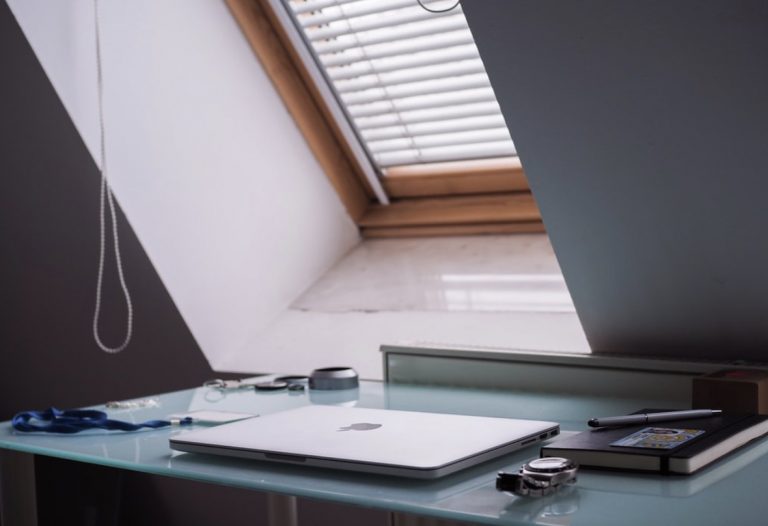Creating a luxurious and functional look in your home involves careful consideration of window treatments. Layering blinds is one effective way to add to the aesthetics of your space and provide more flexibility in light control and privacy.
By combining different styles, materials, and colors, you can achieve a sophisticated ambiance. If you are looking to refresh a room and give it some flair, here’s everything you need to know about layering blinds.
Choosing the Right Blinds
First and foremost, you should know what you want to achieve with your blinds and select the right ones for your space. Start with a base layer that coordinates well with your room’s color scheme. Versatile roller shades can be an excellent base for layering, as they come in various colors and textures. Afterward, you might want to add Roman shades or wooden blinds as a contrasting second layer. The interplay of materials and colors should reflect your personal style and the vibe you wish to achieve in your home.
When choosing blinds, also take functionality into account. Are you looking for something that can filter light without losing too much outside view? If so, sheer blinds could be ideal. If you require complete darkness for bedrooms or media rooms, blackout blinds may be necessary. Once you know what to purchase, you place an order and have the chosen blinds delivered to your door for an added level of comfort. Mixing different functionalities will increase the practical aspects of your window treatments and give visual interest to your space.
Color Palette and Textures
The color palette you choose for your layered blinds impacts the room’s appearance. Harmonizing the colors with existing decor will create a cohesive look. Light, neutral tones can keep a space airy and bright, whereas dark shades add drama and elegance. Don’t hesitate to mix and match textures, as this can provide depth and character to your windows. Pairing smooth roller shades with tactile woven woods can elevate the visual interest in a room.
Set the mood you want to convey when selecting colors. Warm tones promote a cozy atmosphere; cool tones are associated with tranquility and calm. Layered blinds also allow you to play with patterns. Striped or floral designs can introduce an element of whimsy, perfect for children’s rooms or more playful spaces. The key is to maintain a balance between bold patterns and simpler texts to improve rather than overwhelm the environment.
How to Layer Effectively
To achieve a professional layered look, decide the order in which you’ll place the blinds. Thicker, more opaque options serve as the base layer, followed by lighter, sheer materials on top. This arrangement allows for maximum light control. If you have wooden blinds as a base, you might opt for a sheer curtain on top to soften the look while retaining light filtration.
Varying the size of the blinds can create a dynamic effect. Longer drapes can flow beneath shorter blinds for a visually appealing touch. Carefully consider the hardware and installation; using decorative rods or unique brackets can improve the aesthetics.
Maintaining Your Layered Blinds
Once you have successfully layered your blinds, maintenance will keep them looking pristine. Regular cleaning can prevent dust accumulation, which can dull their appearance. For roller shades, a simple wipe down with a damp cloth should suffice; wood blinds may require special care to maintain their finish. For materials that require specific cleaning products, follow the care instructions provided by the manufacturer for longevity.
Another aspect of maintenance involves inspecting the hardware regularly. This includes checking for any frayed cords so that blinds operate smoothly. Proper maintenance keeps your blinds functioning well and contributes to their overall lifespan.
Customizing Your Look
Personalized layered blinds can create a unique look tailored to your preferences. From selecting fabrics to choosing colors, every decision contributes to the overall feel of your space. Custom options allow for greater flexibility in achieving the precise dimensions and aesthetics you desire. Many retailers offer a wide range of choices, making it easier to find exactly what fits your vision.
Add unique details like trims or valances to improve the layered effect. Decorative elements can add a touch of elegance and sophistication. Don’t forget to get creative: layering blinds gives you the freedom to express your style and individuality. The final look should resonate with you, turning your windows into a focal point that harmonizes with the rest of your decor.
Incorporating Layered Blinds into Different Rooms
Layered blinds can transform any room, but their application varies based on use and desired atmosphere. In living rooms, a combination of soft sheer panels and heavier drapes creates an inviting space, easily transitioning from day to night. In bedrooms, consider a layering technique using blackout blinds as the base layer with decorative curtains to promote better sleep.
For kitchens, light-filtering options can create a bright and airy feeling, whereas layered blinds can reflect the room’s color palette. In bathrooms, a combination of roller blinds and sheer panels can provide both light and discretion.
A well-executed layered blind design can transform your windows, offering both luxury and utility. Balancing aesthetics with functionality creates inviting spaces throughout your home. Investing in proper materials and taking time to customize your blinds guarantees lasting beauty. With a thoughtful approach, layering blinds elevates any room and adds depth and sophistication to your interior design.



0 Comments